New Delhi: Pakistan’s entire naval fleet, including its submarines, has been out at sea since 28 February following heightened tensions with India, exclusive satellite images accessed by ThePrint show.
ThePrint has studied a series of satellite images of Pakistan’s naval facilities since 28 February – two days after India’s air strikes on a Jaish-e-Mohammed training camp in Balakot in Khyber Pakhtunkhwa, and a day after the Pakistan Air Force tried to carry out retaliatory strikes on India.
The dogfight between the two air forces saw IAF Wing Commander Abhinandan Varthaman shooting down a Pakistani F-16 before his MiG-21 was downed and he was captured by Pakistan.
The satellite imagery accessed by ThePrint shows no Pakistani navy ships at the ports of Karachi, Ormara and Gwadar, indicating that the entire fleet had been operationally deployed for more than a week starting 28 February. The fleet consists of nine frigates, eight submarines and 17 patrol and coastal vessels, according to reports.
The present location of Pakistan’s naval ships has been identified on satellite images, but is not being disclosed by ThePrint due to the sensitive nature of the ongoing operations.
Karachi port
Pakistan’s main naval fleet is generally located at Karachi, and includes submarines, frigates, missile boats, patrol crafts, mine countermeasures ships and other vessels.
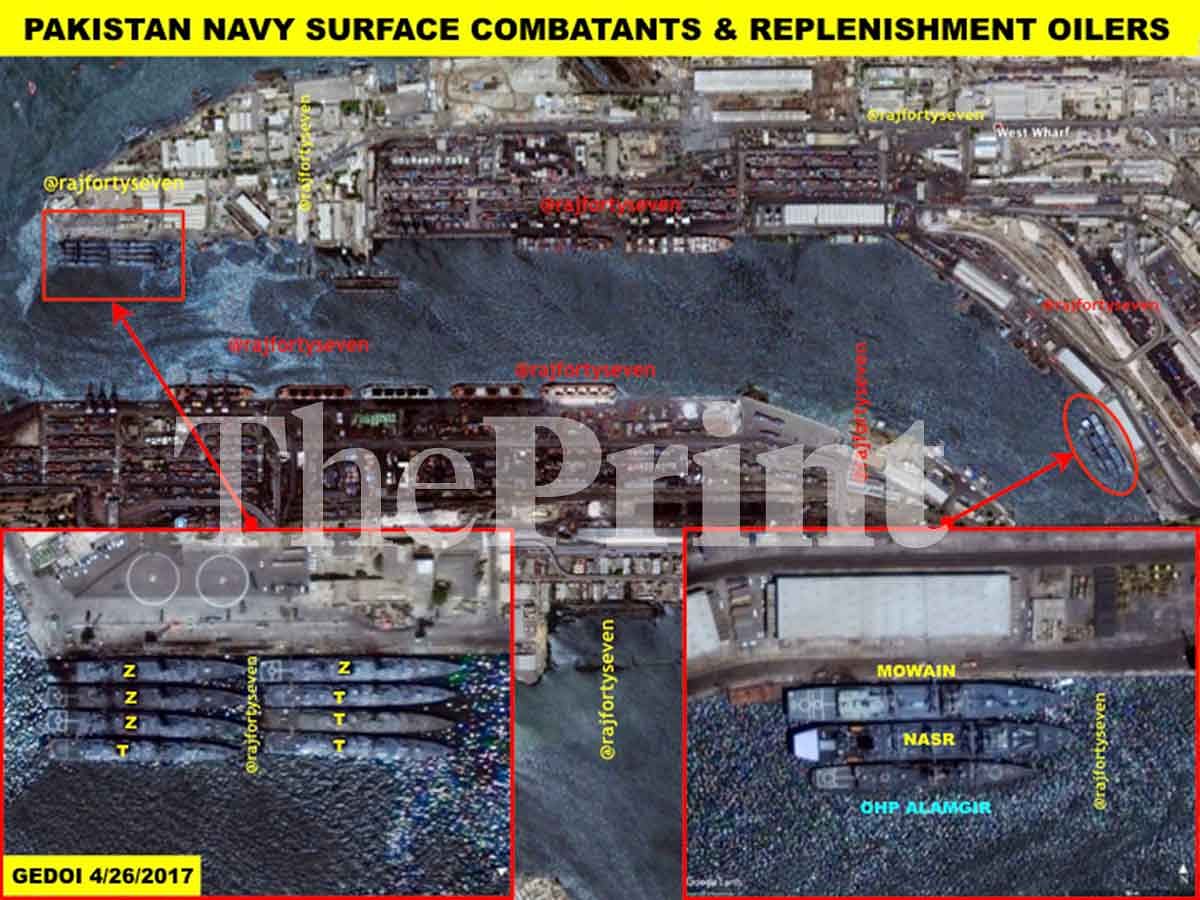

Some of the patrol vessels and other support craft are placed at Ormara and Gwadar ports as well.
The latest images of Karachi port indicate that most of the major combatant ships, replenishment oilers and submarines have moved out since 28 February. The ships were seen at the port on 26 February, the day India launched air strikes on Balakot.
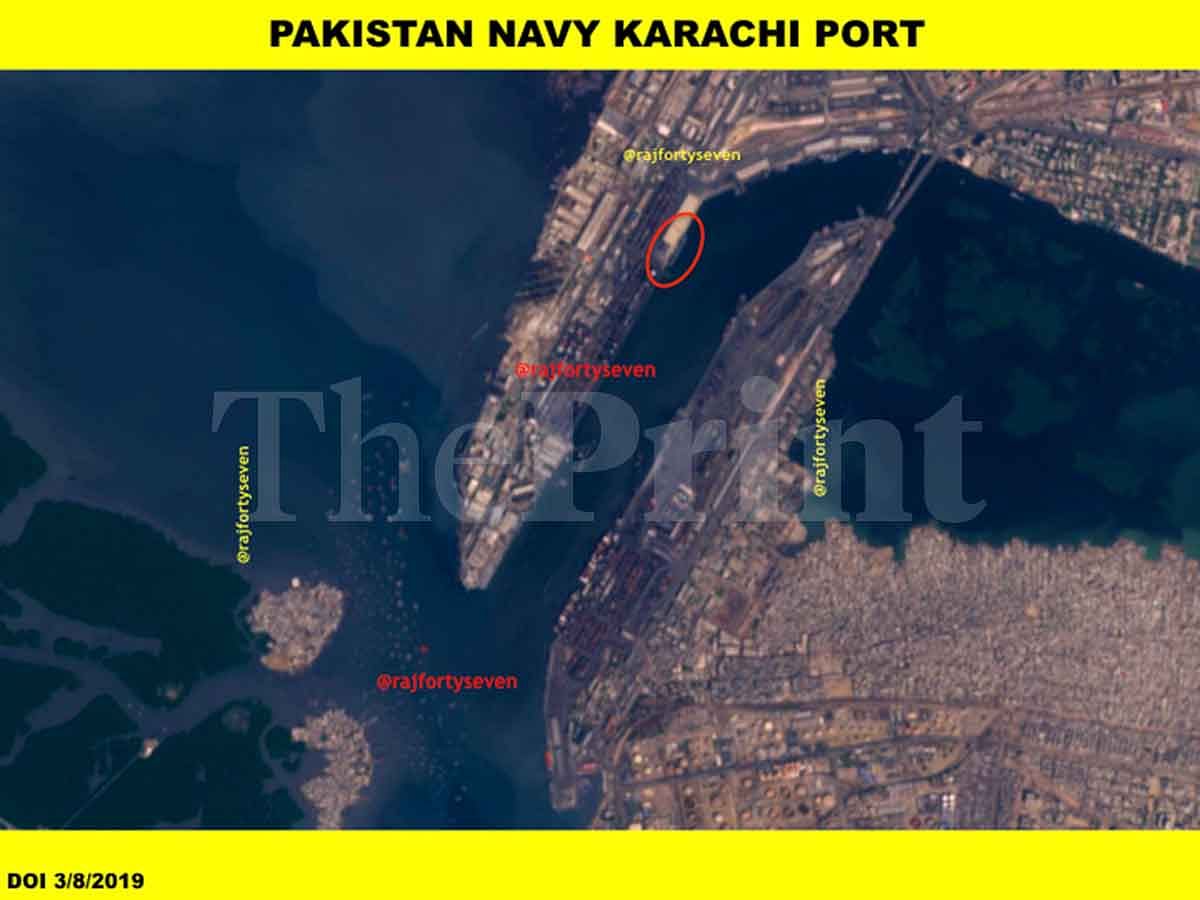
They remained out at sea as on 8 March, and no ship can be observed at the port except the ones under construction and those undergoing sea trials.
Ormara harbour
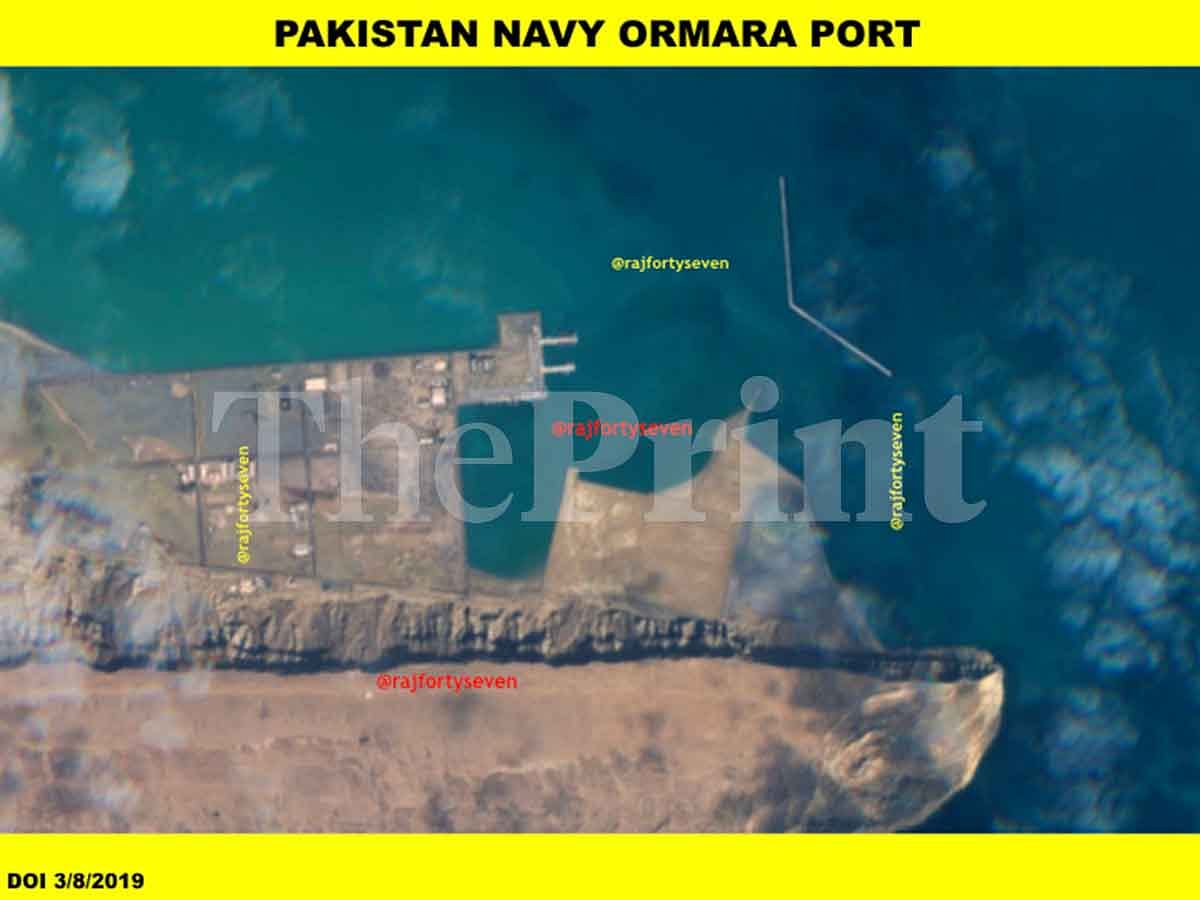
The Ormara harbour is empty as of 8 March, except a few tugs. The entire port looks deserted.
Naval station PNS Ahsan is observed, but seems abuzz with unusual activity.
Gwadar port
The Gwadar port constructed by the Chinese does not have any ship at the pier — it was empty as of 6 March, but for one ship, a Chinese dredger which is trying to deepen the port for access to larger and heavier vessels with a larger draught.
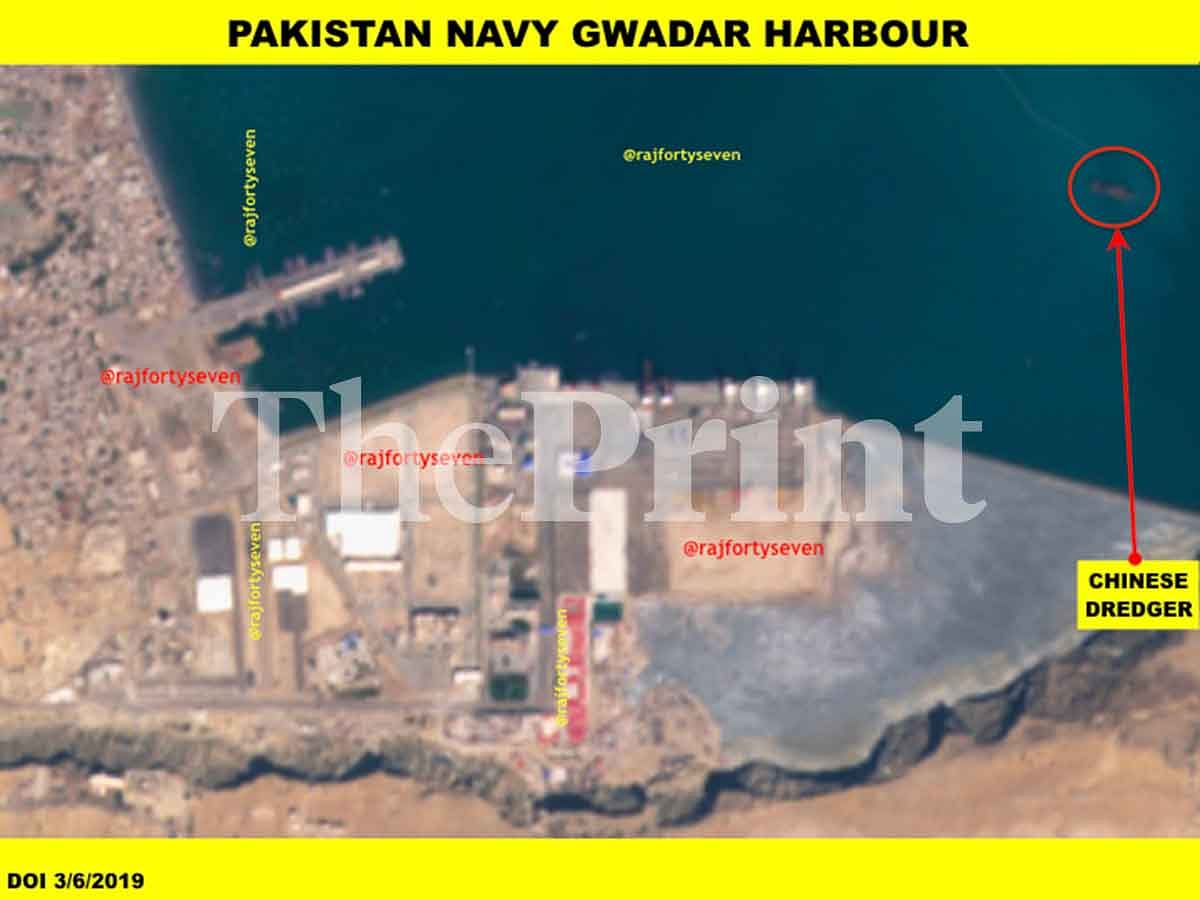
Also read: First satellite images show likely damage to Jaish Balakot camp but no massive destruction



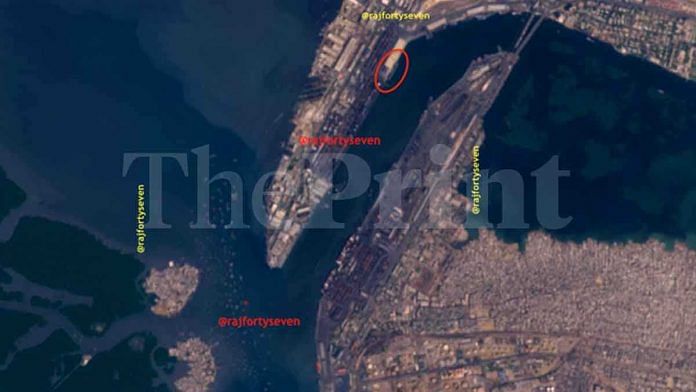



Bhat mu is ranting. How long can the ships remain at sea for Pakis? max 25-35 days. Then they have to return to replenish. India can plan attacks ith that window in mind.
Well we must learn from history and credibility of Pak assurances; if we still believe in that nation then even God will not be willing to help us
IAF Wing Commander Abhinandan Varthaman shooting down a Pakistani F-16 ….propagating lies again. Where is a proof?
Dear unbeliever Keppler, how do you know you are the son of your known dad ? Any proof ???
Dear unbeliever Keppler,
F16: Pak did not accept using it, then from where ARAAM missile part came ?
They also did not accept F16 downing by a MIG (which itself was downed later in dogfight).
Then how F16 wing commander Shahzaz ud din died ? Lynched after ejecting from falling F16 hit by R73 missile from MIG Bison.
People gone by Pak propagande and thought him to be an Indian pilot and lynched him.
2. What is the mystery of the second captured Indian Pilot claimed by Pak TV but rejected by Pak defence official later ? Actually, he was the 2nd twin sitter fallen F16 pilot, died by falling ….
GET AWARE Keppler 48B, YOUR ENTIRE NATION is sitting on Pak lies and propaganda …
Like stirring up a honeycomb. This is a layman’s perspective : What if India and Pakistan had been talking, obviating the need to send “ messages “ to each other, conveying what their threshold of tolerance was, how they would respond if it was breached. This is not something that may appeal to everyone on the street, but responsible leadership on both sides must accept, before – not after – moving up the escalatory ladder that the two countries simply cannot afford to be at war. Simplistic narratives should not be permitted to become part of the political discourse.